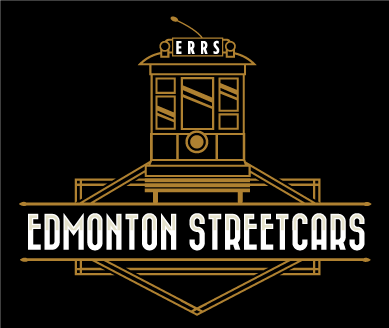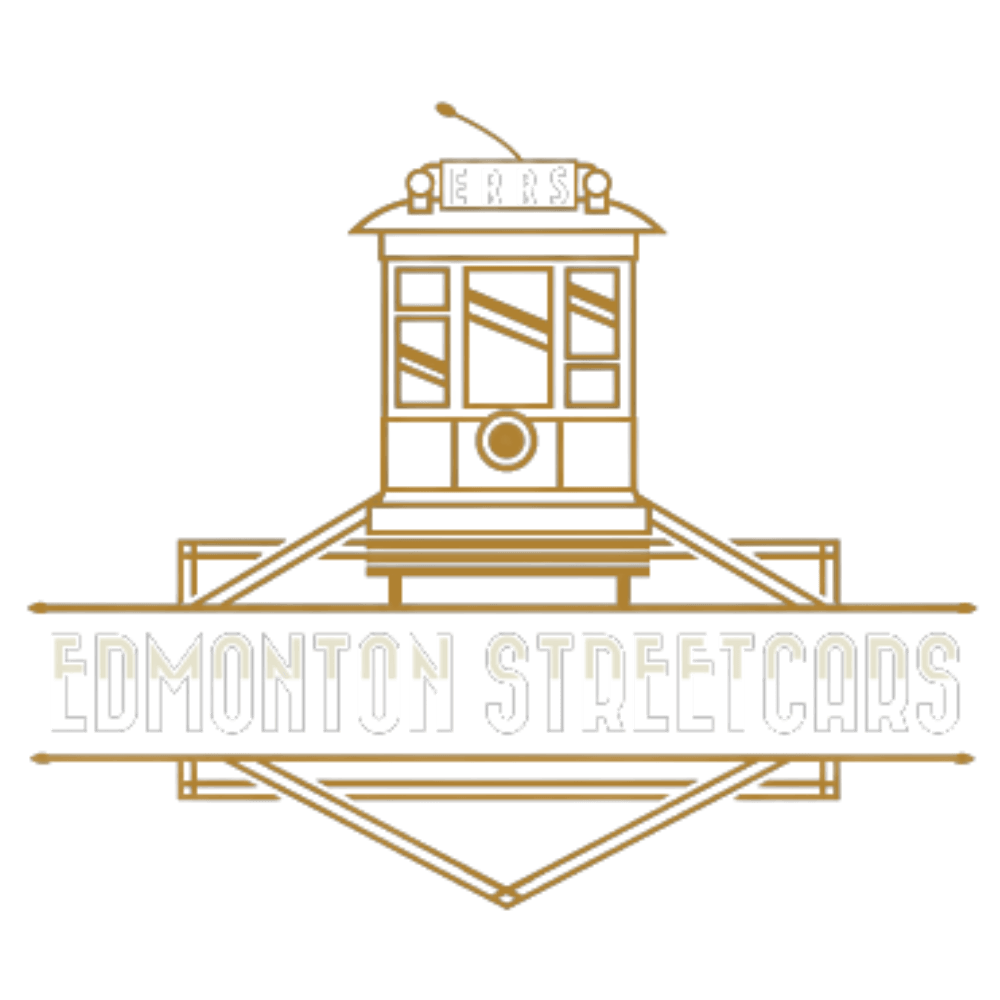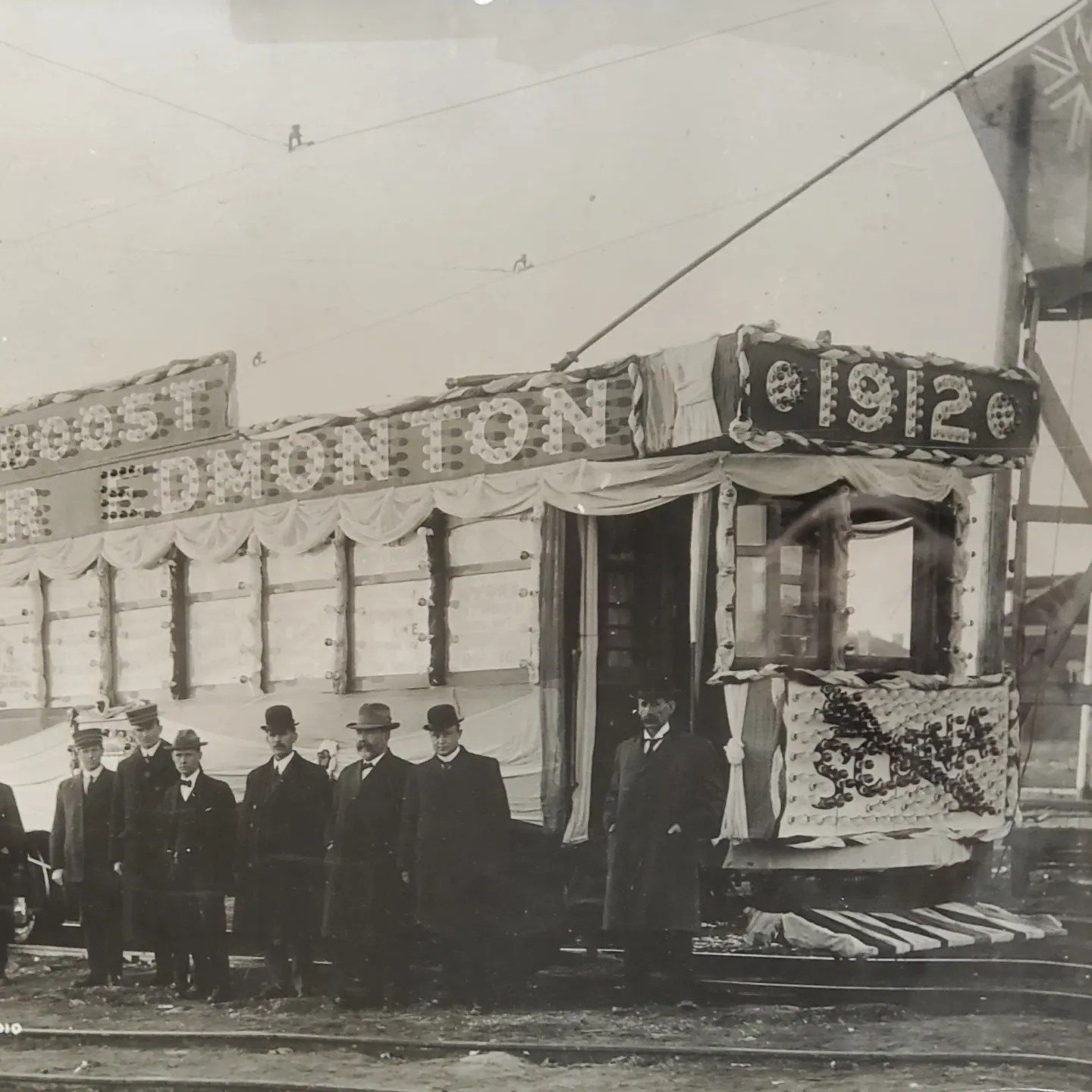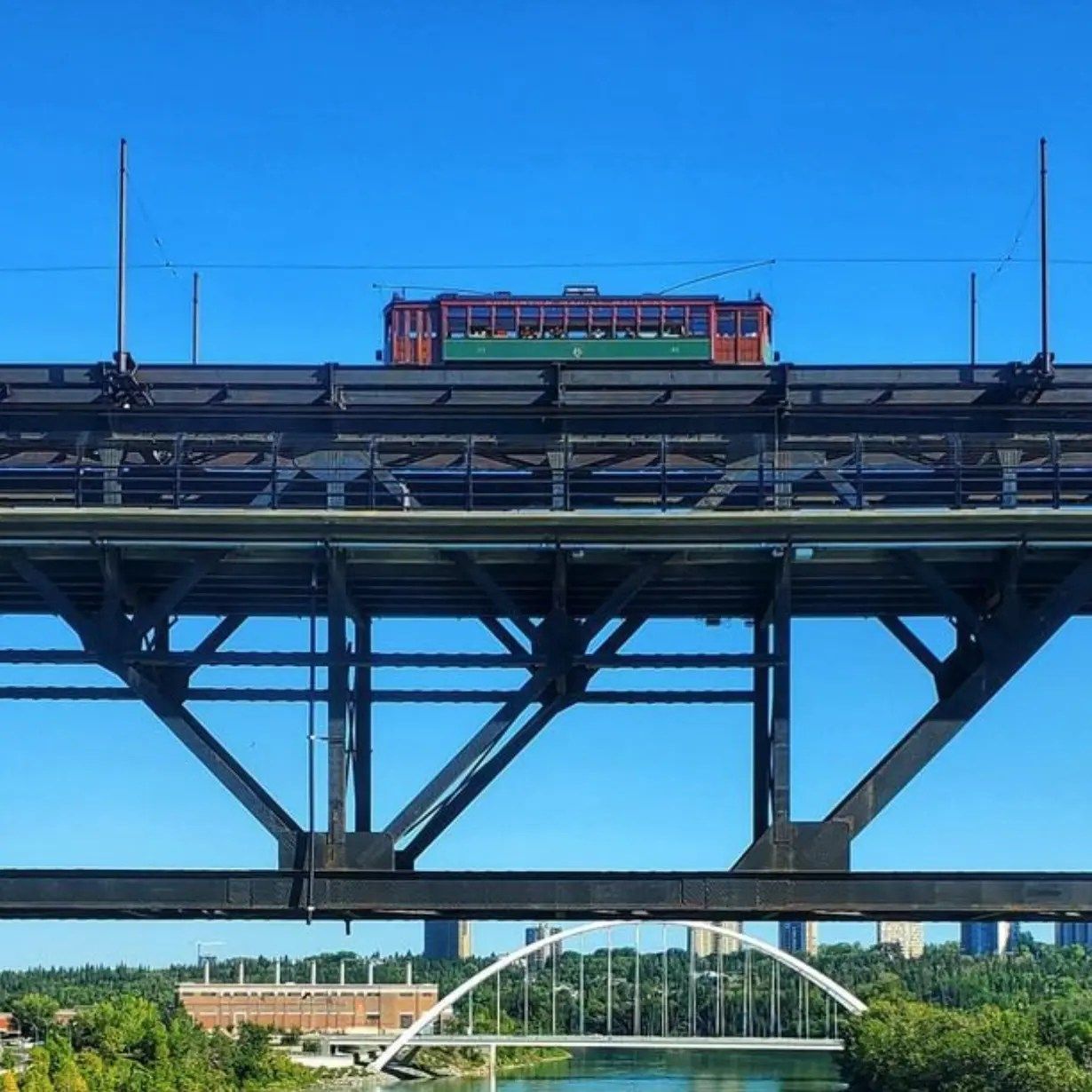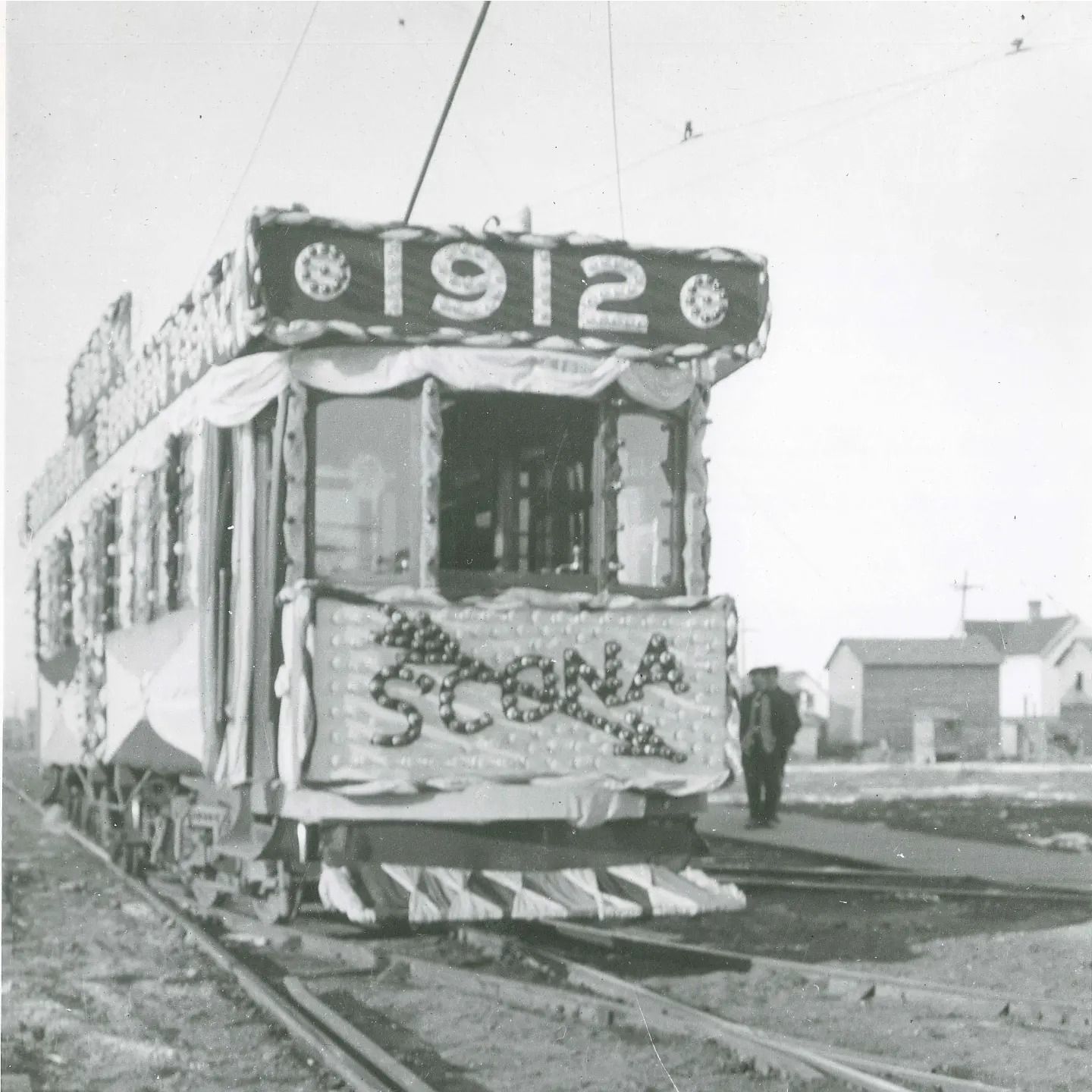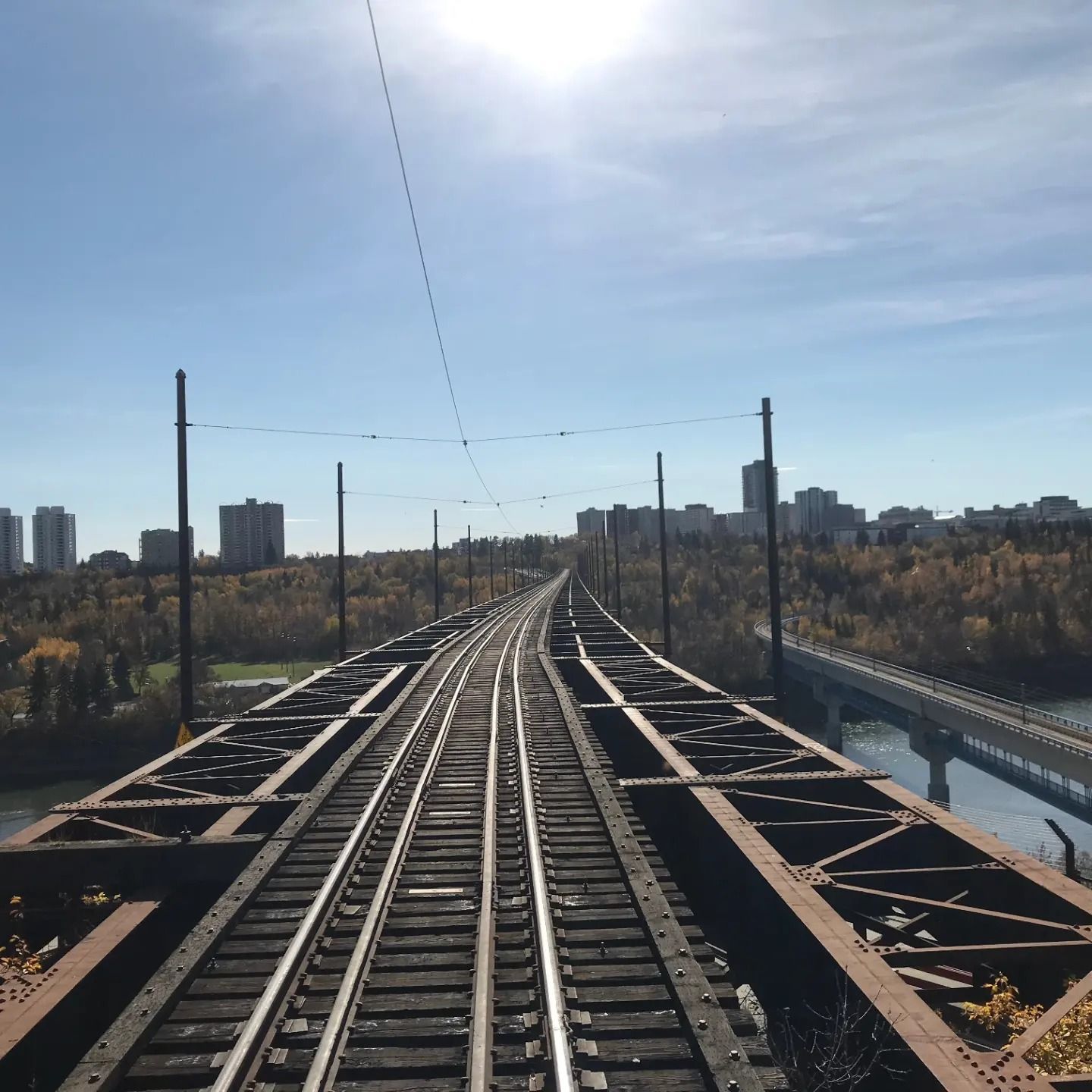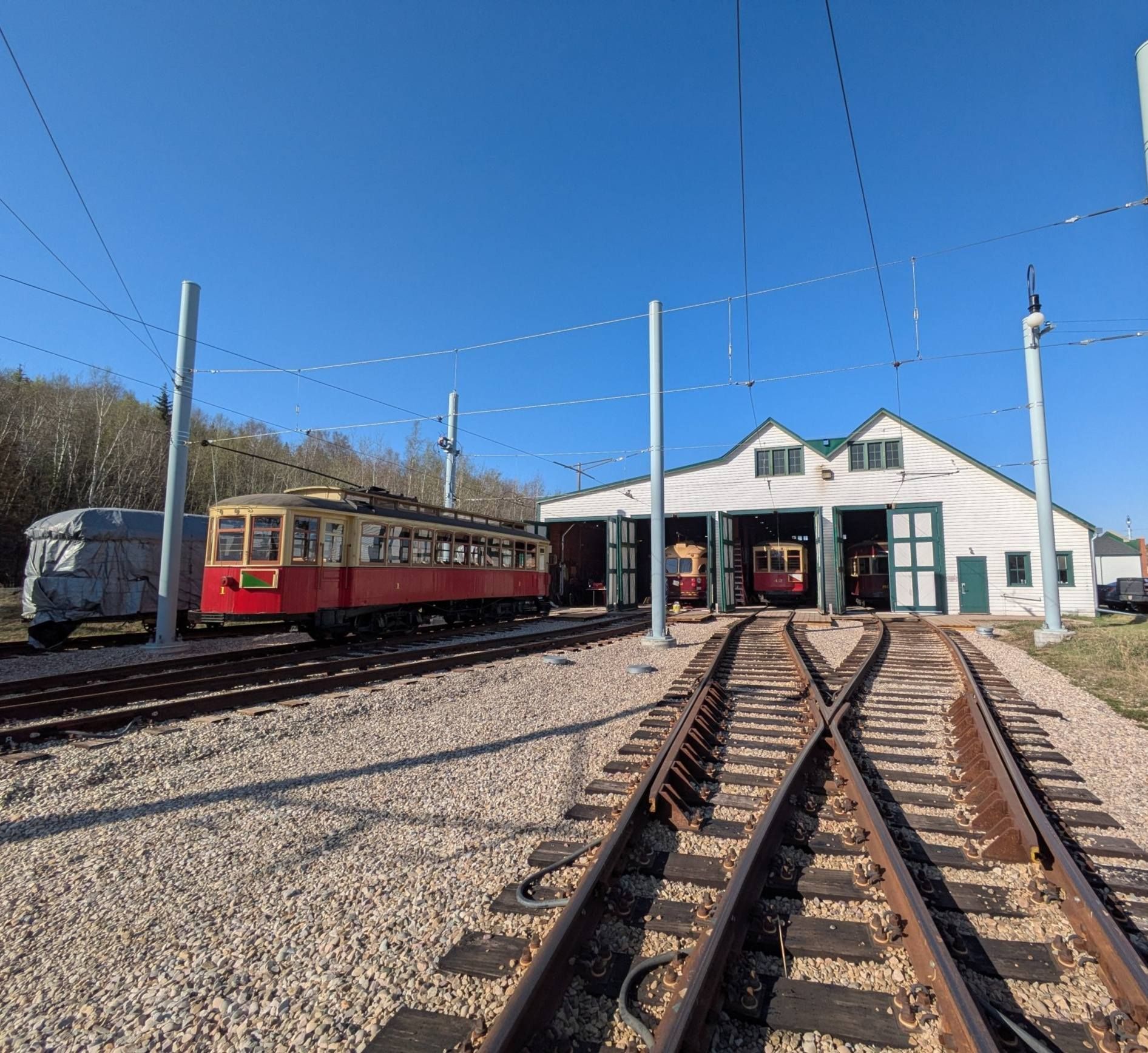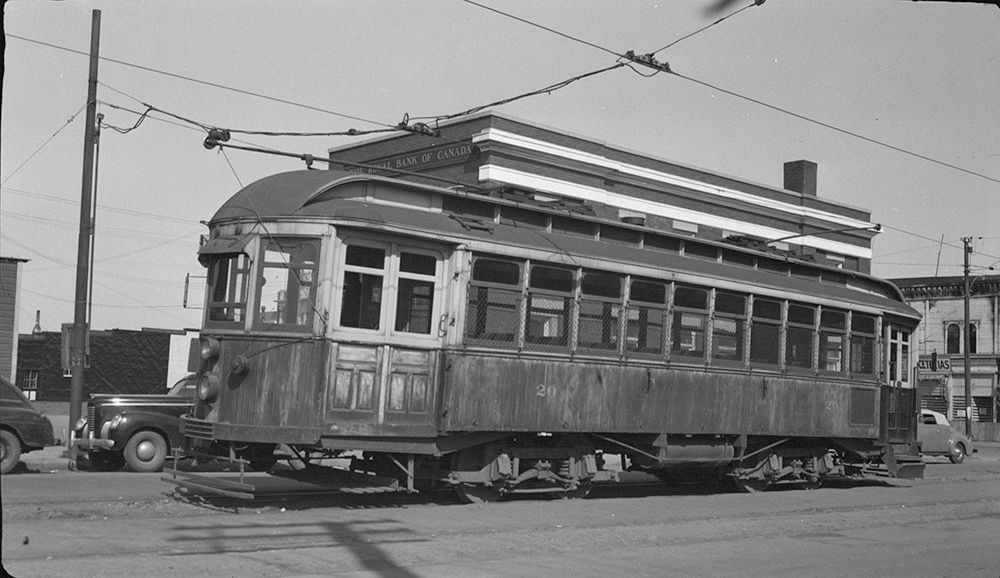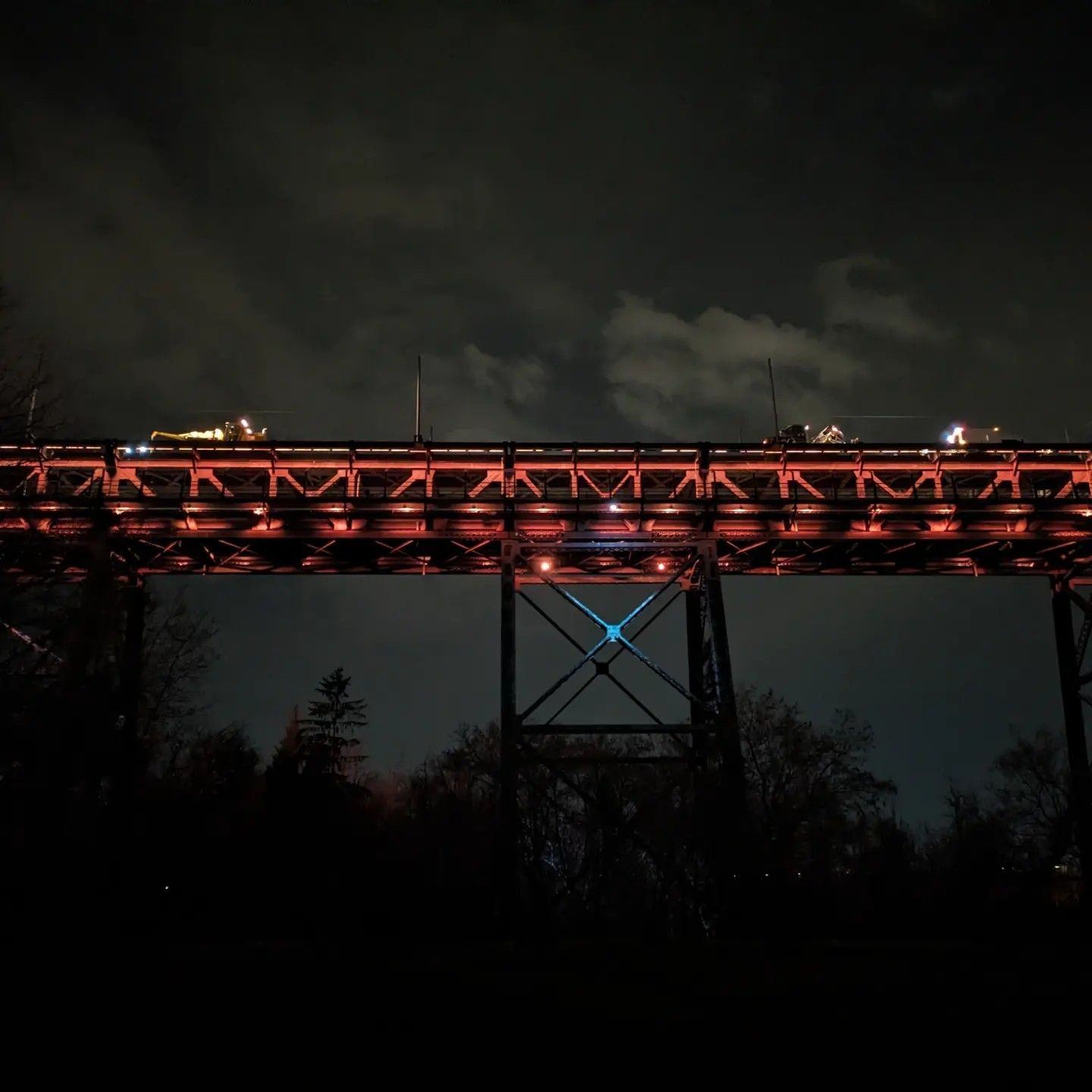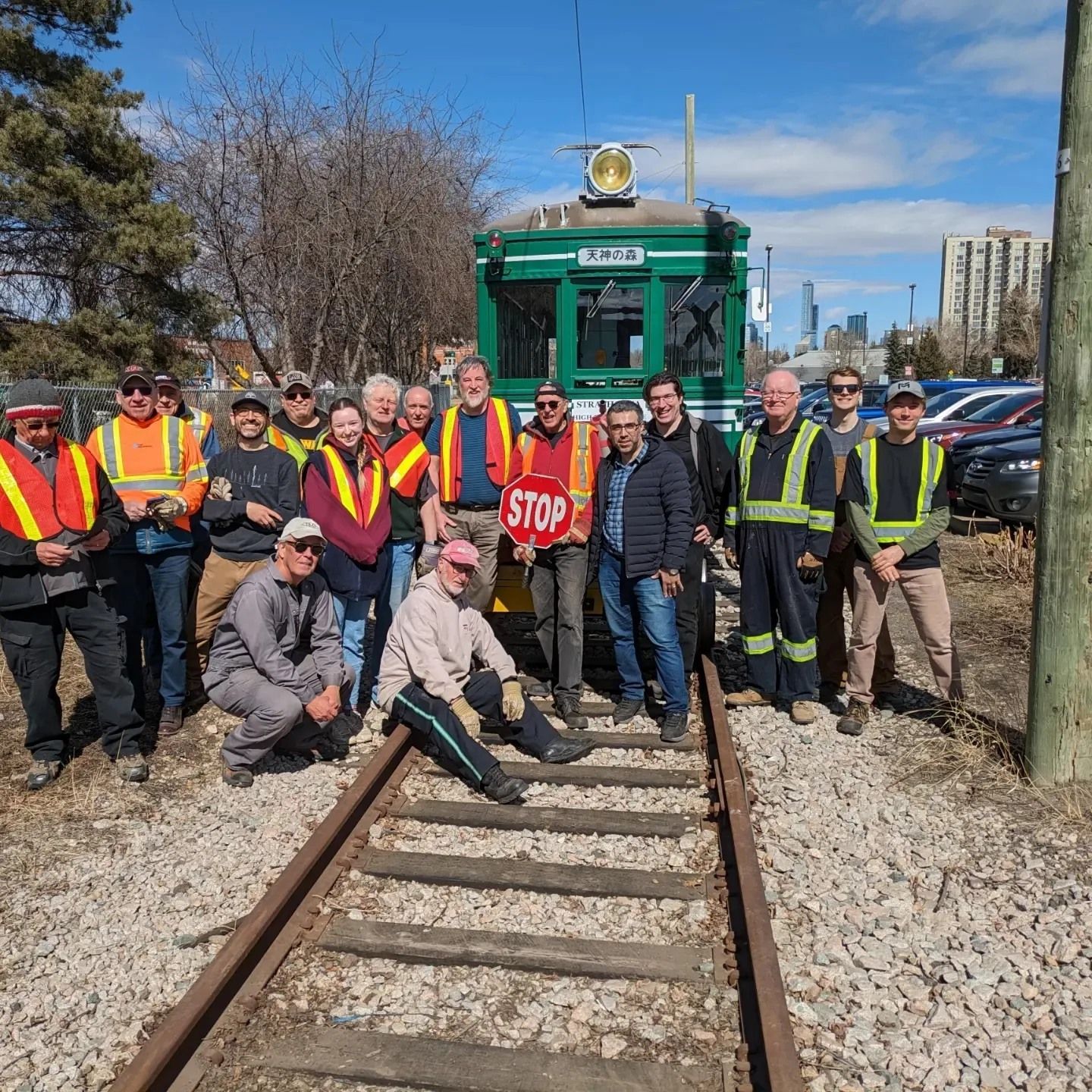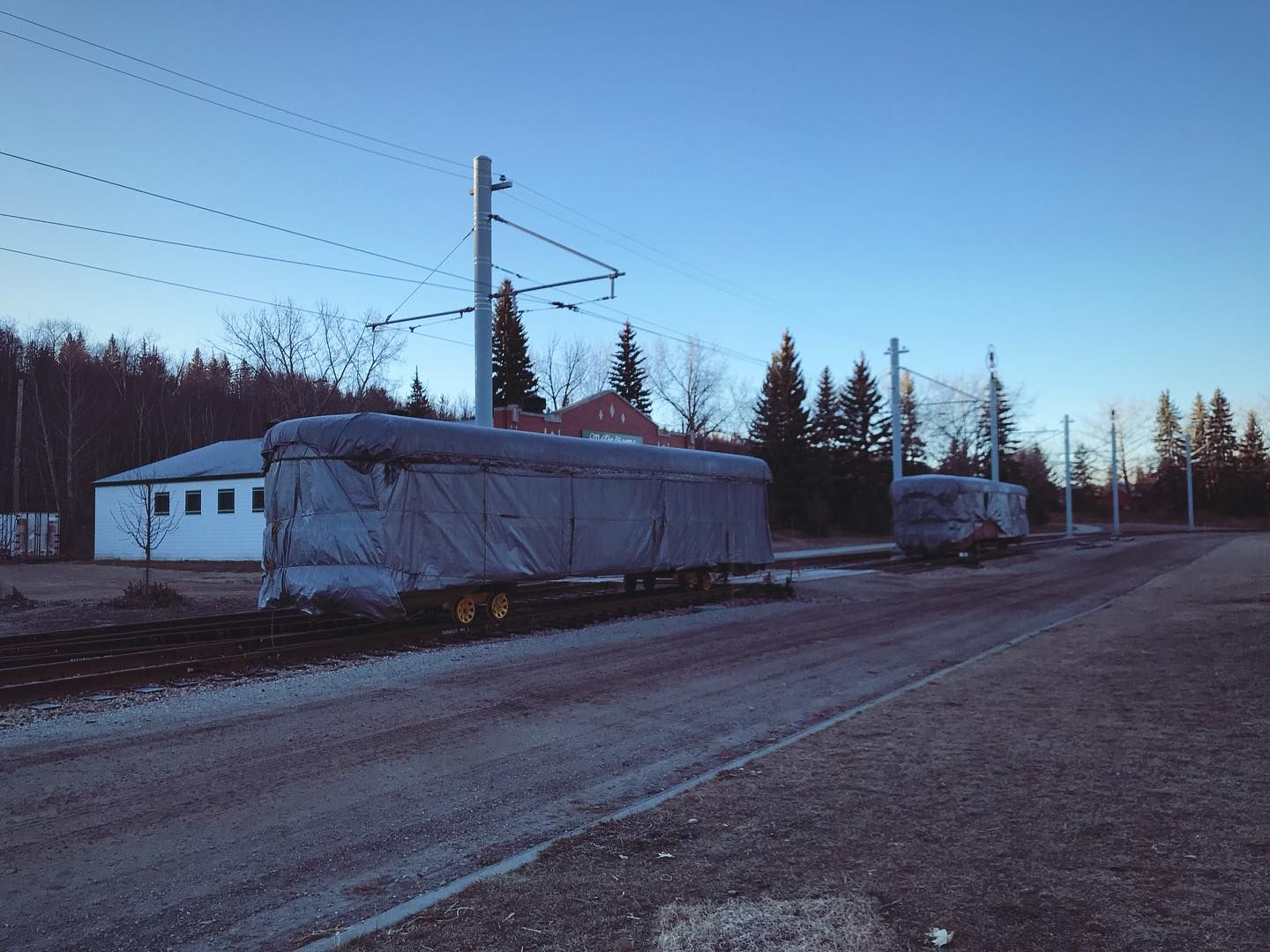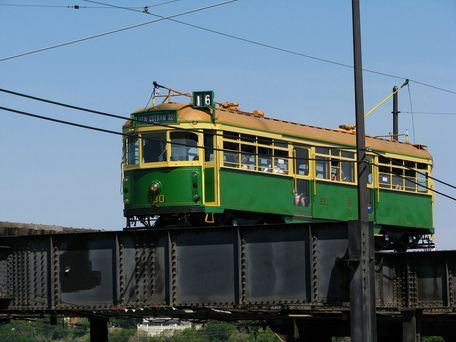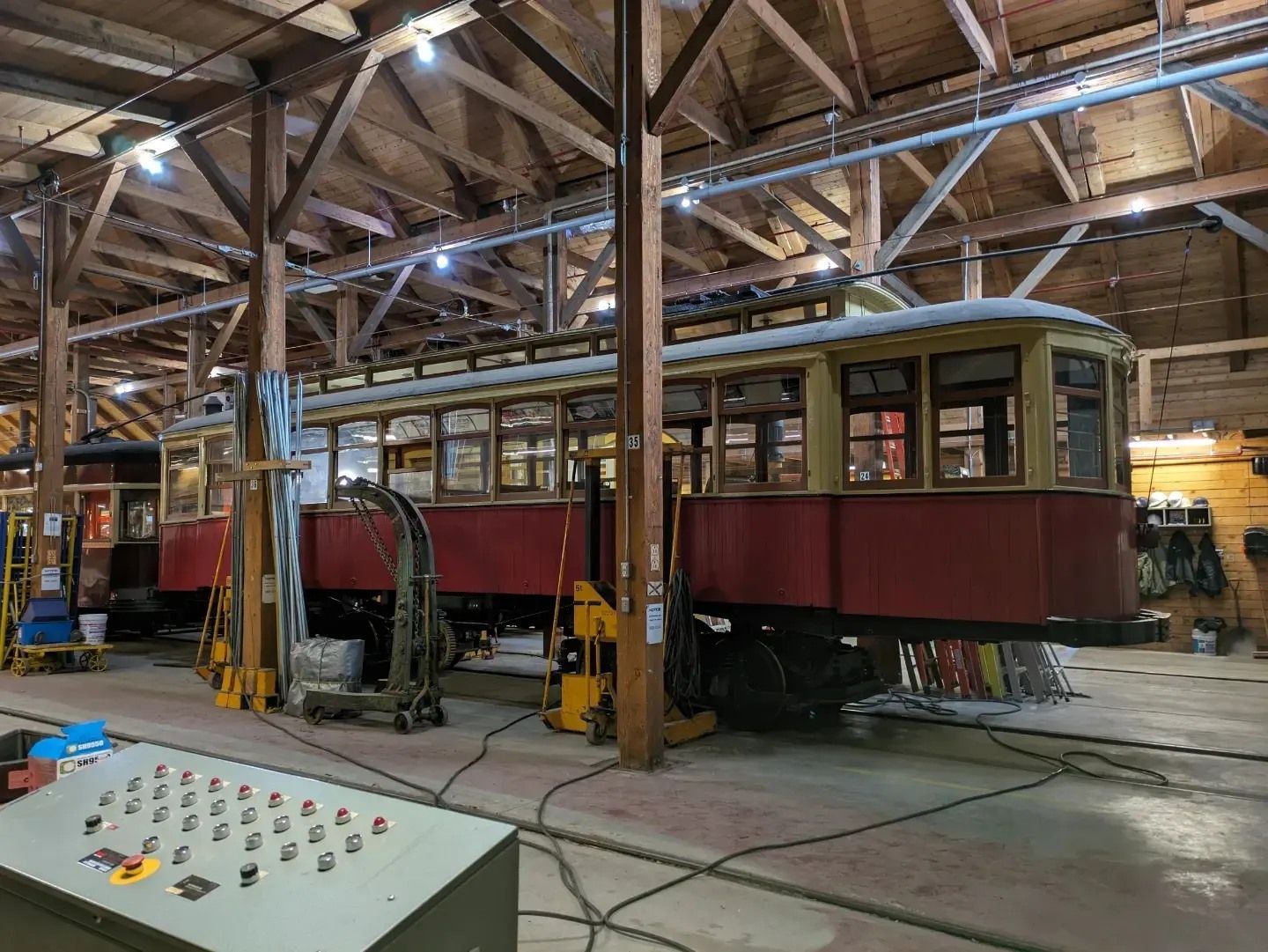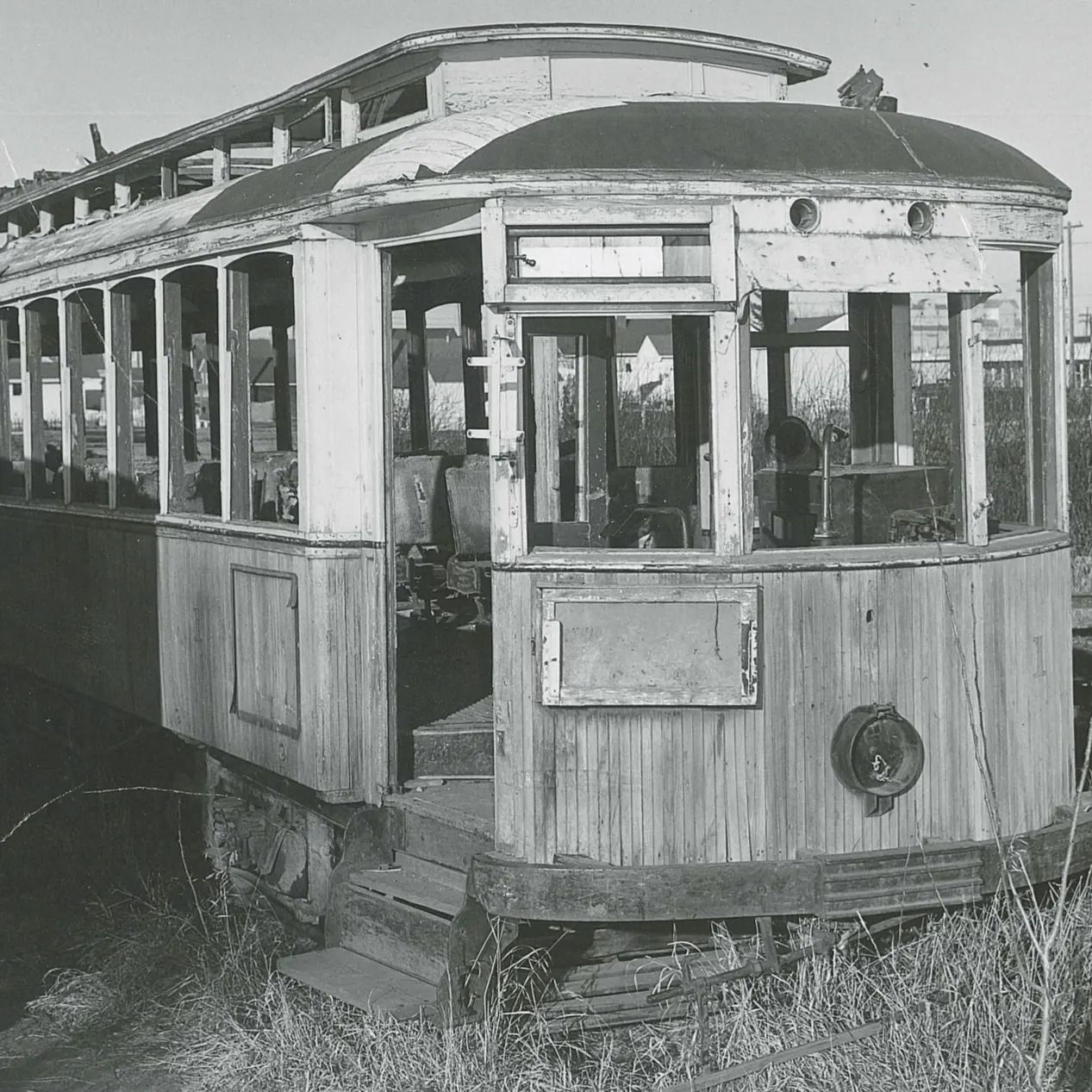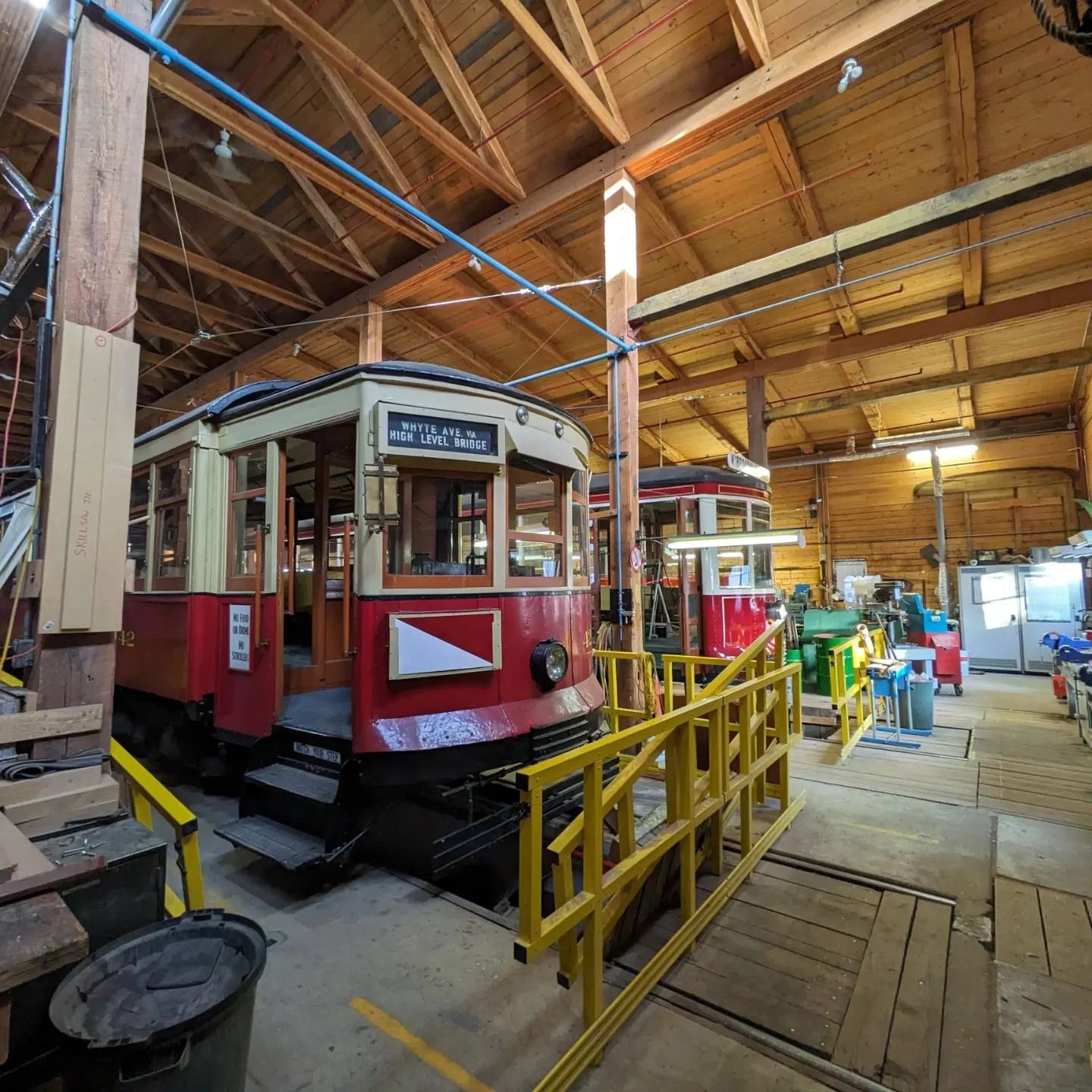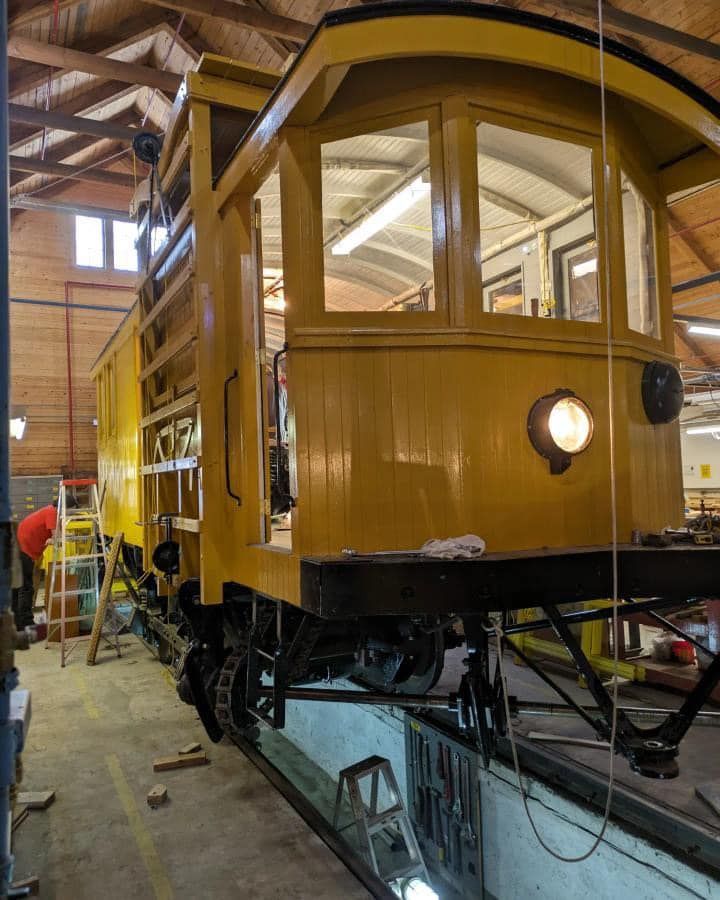Edmonton as a municipality, originally only existed north of the River. South of the River was a different city, Strathcona. This was the result of a convoluted history going back to the fur trade and the arrival of railroads. Long story short, from 1891 to 1912, Edmonton was two cities awkwardly separated from each other by the River Valley.
Of course, this being Alberta, there was rivalry. Edmonton, on the North, grew into an industrial hub, with major rail yards, factories, and by WW1, a population of around 20,000. On the South side, Strathcona was a smaller, tonier centre with less industry, a University (U of A), and by WW1, a population of around 6000. As much as the two cities might have not liked to admit it, the cities were halves of a whole, demographics and economy -wise.
Amalgamation would have to happen at some point. Who doesn't love an enemies-to-lovers story?
Years of idle talks of joining the cities together came to a head leading up to 1910, when Canadian Pacific announced it would build the High Level Bridge. this would bring a convenient, direct connection for people (and streetcars!) to the two cities. 109 Street would become the first (and still only) street in either city's traditional street grid to connect directly; meaning they would have to share a street naming system. Streetcar service would also be brought across the bridge, greatly improving commuter access to both cities, and further tying them together. That's why they decorated that car in the photo!
The Inevitable finally happened. On February 12, 1912, Edmonton and Strathcona amalgamated, becoming the City of Edmonton. In 1913, the High Level Bridge would open to traffic, knitting the two cities together.
Nowadays, Edmonton is very much one city on both sides of the river. but we still have the bridge, and we still drive our streetcars across it. And if you're wondering if a bridge can be romantic, people get married on the streetcar, parked in the middle of the bridge quite often.
